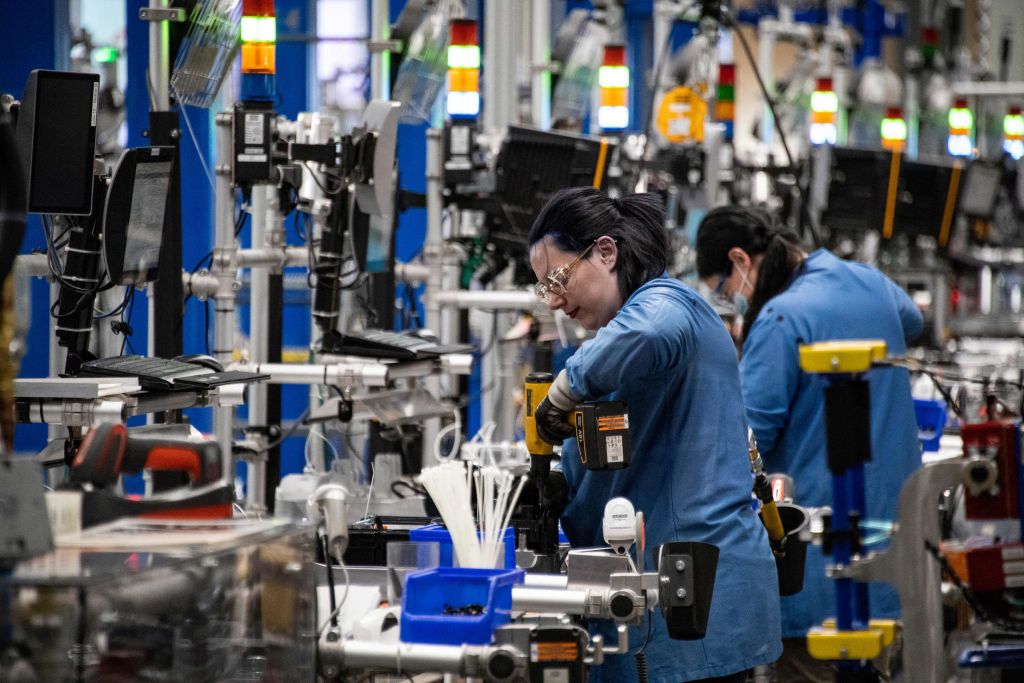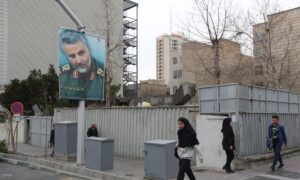Commentary
For those with a sense of history, it’s common knowledge that there never has been and never will be completely fair and free trade in this world due to the vagaries of human nature and differing national interests. However, it might help to imagine a world where trade is at least moving in the direction of greater fairness. Let’s take a look.
The Challenge
Most nations produce a range of goods and services that are sold in the domestic or foreign markets. There are labor, materials, and packaging costs to the production process, which vary from country to country. In addition, there is a cost to deliver the item by train, truck, plane, or ship to its destination abroad or at home.
Once the item reaches its destination, it has to be unloaded from a transport vehicle at a particular business, port, or warehouse for eventual distribution. Consequently, the purchaser isn’t merely paying for the product, but also any fees that accompany a lengthy process of transportation and distribution to the consumer.
This entire flow chart is part of the reason for fees, duties, levies, tariffs, and taxes on goods moving about both within a country and also to foreign lands. The problem arises when taxes on goods reach an unreasonable level for both consumers and producers.
Government officials lower or raise duties depending on the state of their domestic economies or to protect certain industries. They might also apply reciprocal tariffs according to levels set by trading partners.
The law of supply and demand can also affect tariff rates on products. If demand and supply are balanced, there is usually greater stability. If demand outstrips supply, prices often rise, and when supply exceeds demand, prices are often reduced.
If tariff levels rise too high, a trade war can ensue until the costs of economic warfare outweigh the benefits, and negotiations proceed to reduce barriers and taxes. It’s important to remember that labor and quality control standards vary from country to country when assessing the reasonable costs for goods and services and accompanying fees.
Possible Solutions
In the current trade environment, there is plenty of uncertainty as the status quo is being upended. Under the Trump administration, exorbitant levies placed on American exports to foreign lands have been raised as part of bargaining for reduced trade barriers and a leveling of the tariff playing field.
The threat of higher U.S. tariffs on incoming foreign goods has brought both adversaries and allies to the negotiating table to rethink economic policies within the framework of each respective nation’s interest. Some nations have retaliated against the potential higher tariffs that might be implemented following a ninety-day pause, despite the fact that most nations already had sky-high tariffs placed on specific American products.
It’s quite reasonable that nations protect certain industries and intellectual property that enhance national security and export goods to increase development. However, protectionism can go overboard by denying citizens of any nation access to quality goods and services from other nations.
In prior decades, countries such as Hong Kong, Japan, Singapore, South Korea, and Taiwan were primarily export-driven nations until they underwent further modernization and began to meet the needs of domestic consumers.
China failed to adhere to that same pattern and has continued to dump highly taxed, cheaper goods abroad at the expense of its workforce. The Chinese Communist Party has grown very wealthy while half of the populace lives in poverty. In time, this can lead to decreased economic productivity and perhaps social unrest.
Let us examine what it might look like for trade to become fairer and freer. Due to the interdependent nature of global commerce, nations would begin to open up their own markets to foreign companies and investors. However, these business forays should refrain from creating debt traps for the nations that host these enterprises. Foreign companies could bring in a leadership team but primarily hire local workers to enable economic development through manufacturing and services.
Building trust over a period of time would create an environment wherein trade barriers and taxes could be lowered to allow for domestic consumption and exports. Foreign investment could also motivate developing nations to become more self-sufficient in specific critical industries as development unfolds and they create their own intellectual property. Any technology transfers would be mutually agreed upon.
Likewise, the nations that carry out the investing would benefit from reasonably priced goods from other nations, and at the same time rely less on recalcitrant states that attach high fees on products they export. Although it’s partially wishful thinking, it’s possible to attain fairer trade if nations would negotiate in good faith in areas that align with their national interests without surrendering their autonomy.
In this scenario, it could be argued that balanced trade might lead to improved economic growth as well as better labor and quality control standards. Some less democratic nations might gradually come around to embrace greater freedom and the rule of law.














